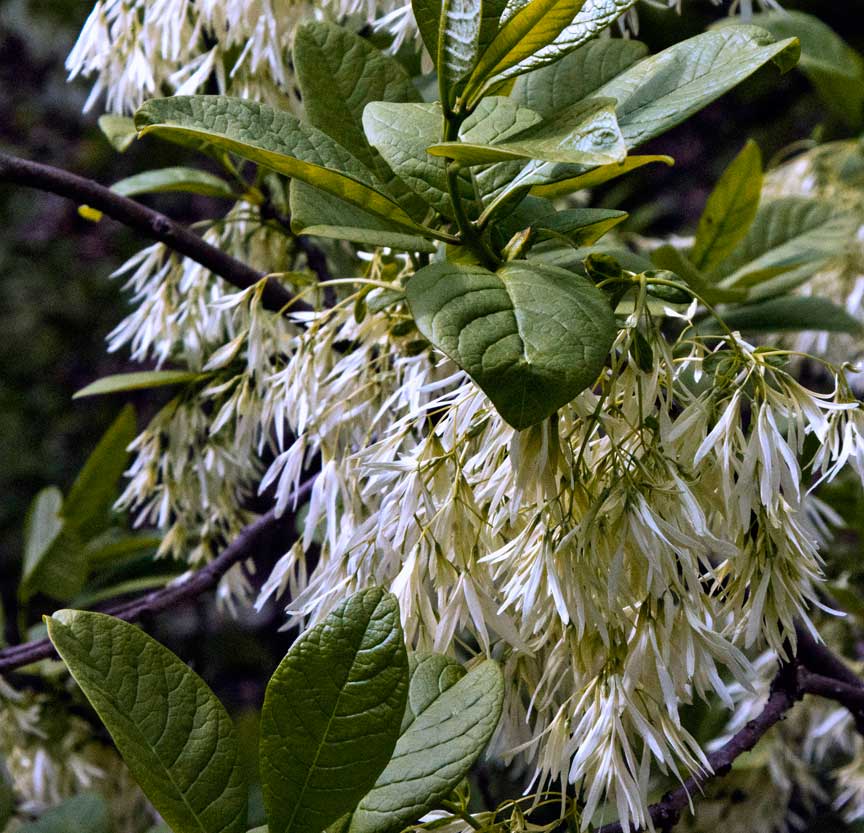Selecting the right tree
Published 8:46 am Friday, November 27, 2015

- Fringe tree is a relatively small understory tree with striking white blooms in early spring.
As gardeners, we all have favorite trees, ones that we love better than all the others and just must have in our home gardens. For me that would be dogwoods, pecans and shagbark hickories. All are very different, but special in some way.
Choosing the right tree, however, is a bit more complicated that just saying: “Oh, I just love…” Trees are large, long-lived plants so they’re not impulse purchases that we can just stick anywhere in the garden. They require a review of our gardening objectives and some planning. Here’re some key factors to consider.
Hardiness and
Structural Soundness
Most gardeners want trees that grow quickly, but these trees aren’t always structurally sound as they age and so they become a hazard to nearby buildings. For the past 20 years, the Bradford pear has been very popular as an ornamental. It grows quickly and provides beautiful spring flowers, but it’s a short lived tree (15 to 25 years) with narrow branching angles that cause the tree to splinter or even split in half when subjected to stress from ice and wind. So — not a good choice today. Given the number of pathogens — insects, fungi, etc. — that can affect trees these days, it’s also important to choose ones that are resistant to problems. Years ago the American elm was very popular because of its sturdiness and relatively rapid growth. Unfortunately the elms were overplanted, and most of them were decimated by Dutch elm disease. More recently, the emerald ash borer has become a problem. It’s prevalent in Northern Virginia and has been found here too, so planting large numbers of ashes may not be wise.
Appearance and
Growing Conditions
Some trees are relatively short; others have broad canopies; still others are narrow and vase-shaped. They’re all beautiful in the correct location. It’s important to consider the mature size of the tree and its proximity to buildings, power lines and other structures. Growing conditions are also important. Some trees prefer dappled shade, while others thrive in full sun. Both dogwood and serviceberry are understory trees that prefer some shade. Other considerations include: moisture and soil requirements, as well as hardiness in our growing conditions. The sweet bay magnolia is a good choice for moist areas.
Benefit to the
Environment
Trees have a major impact on the micro climate around our homes. In fact, trees can help lower heating and cooling costs and help manage storm water runoff. They also provide food and shelter for a variety of creatures. So, whenever possible choose a native tree or at least a non-native that’s not invasive and grows well in our area. A native will provide extra benefits to wildlife. Some trees, however, such as the tree of heaven (Ailanthus altissima) should never be planted. They are very invasive and have become a major problem.
Just remember that trees are beautiful, long-term additions to the home garden, so choosing the right tree for the right location is important for ensuring that you’ll be able to enjoy your new tree for many years.
Happy gardening.
CYNTHIA WOOD is a master gardener who writes two columns for The Herald. Her email is cynthia.crewe23930@gmail.com.


